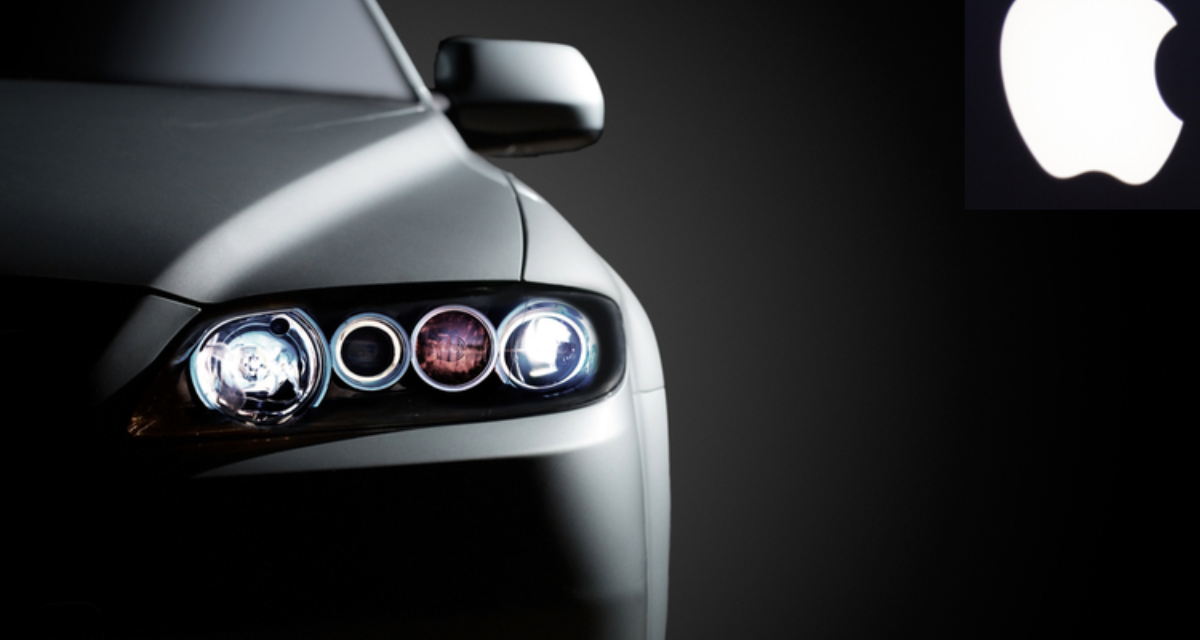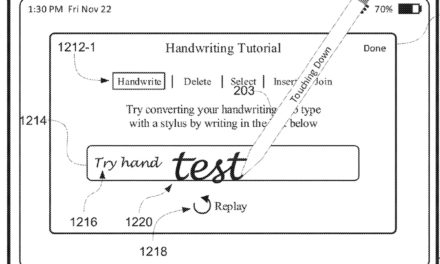Let the Apple Car rumors roll on. Apple has filed for a patent (number 20210199871) for “lighting systems” for an automobile.
Background of the patent filing
Lighting systems in vehicles include, of course, interior lighting for providing aesthetic lighting and informative visual output and exterior lighting such as head lights and tail lights. Existing lighting systems are generally visible to a user even when the lighting system is unilluminated.
However, Apple says the visible presence of a lighting system in a vehicle may be aesthetically appealing. Or it may prevent other objects from being visible through the lighting system. Apple wants the lighting in any vehicle it makes to both look good and not obstruct a driver or users’ views.
When can we expect an Apple Car?
The status of an Apple auto is unclear. On June 2, Bloomberg reported that Apple has lost “several” top managers from its “Apple Car” project. Here’s what the report says: Apple Inc. has lost multiple top managers of its self-driving car team in recent months, a sign of attrition at the division involved in what could become an important future product.
If an Apple Car ever arrives, it probably won’t arrive until 2024 at the earliest. In fact, Apple analyst Ming-Chi Kuo doesn’t expect it until at least 2025.
Summary of the patent filing
Here’s the summary of the patent filing: “A lighting system may include one or more light sources and one or more light guides. A lighting system may be integrated into a window, a skylight, an exterior light such as a headlight, a tail light, or a high center-mounted stop light, or other exterior or interior portions of a system such as a vehicle.
“The light guide may be embedded in an adhesive layer in a vehicle structure. The light guide may be index-matched to the adhesive layer so that unilluminated portions of the light guide are indistinguishable from the vehicle structure. The light guide may be formed from optical fibers. The optical fibers may include a light-scattering optical fiber that scatters light out of the vehicle structure. The light-scattering optical fiber may be fused to a non-scattering optical fiber that guides light from a light source to the light-scattering optical fiber.”
Article provided with permission from AppleWorld.Today




